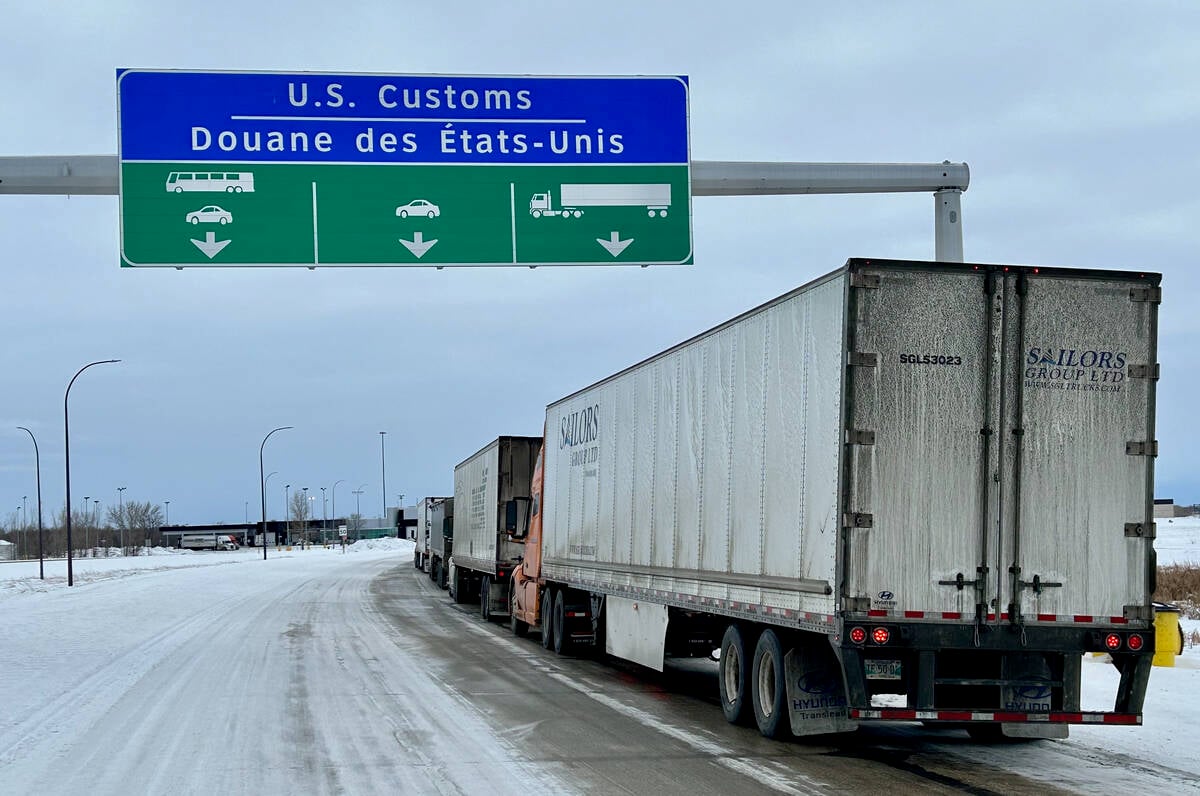Canada’s position is that a cow or pig slaughtered in Canada should be considered Canadian
WINNIPEG (Reuters) — Rules about recognizing the origin of cattle and pigs slaughtered in Canada are one of the sticking points in free trade talks with the European Union, says Canada’s chief agriculture negotiator.
Canada hopes to win greater access for its beef and pork in Europe, while the EU wants a foothold in Canada’s protected agriculture sectors, especially dairy.
Talks on a comprehensive deal are expected to finish this year, but one outstanding issue concerns rules of origin, said Frederic Seppey, chief negotiator for Agriculture Canada.
Read Also

U.S. bill could keep out Canadian truckers
The Protecting America’s Roads Act, which was tabled in the U.S. House of Representatives at the beginning of October, would “rid the country of illegal immigrant commercial truck drivers and ineligible foreign nationals.”
The issue is whether the EU will give preferential access to all meat processed in Canada, given the strong integration of the North American livestock market. Canadian and U.S. farmers freely move livestock across the border to take advantage of the lowest feeding costs and highest slaughter prices.
The EU has not agreed that all meat slaughtered and processed in Canada is considered of Canadian origin. It takes into consideration where the livestock was born and raised.
Canada’s position is that slaughtering and cutting up a cow or pig is a significant enough step that the end product should be recognized as Canadian, even if the animal was born or fattened to market weight in the United States, Seppey said.
“We don’t want beef that has been processed in Canada and perhaps is from cattle that were born in Canada but fed in the U.S. to be prevented from getting the potential preferential treatment,” Seppey said in an interview during the Canada Grains Council meeting in Winnipeg.
“In our trade agreements, we are always advocating that slaughter is enough of a transformation to confer origin.”
EU negotiators are hesitant to concede the point because Canadian slaughter plants import livestock from the United States, as well as buy domestically. The issue would likely disappear once the U.S. and the EU negotiate their own trade deal, but those talks are just beginning, nearly four years behind Canada-EU negotiations.
“We are within reach of an agreement, the final stages. It would be such a shame to not conclude,” Seppey said, adding that he expects the two sides to eventually find a solution on the livestock origin issue.
Other outstanding issues include access for pharmaceuticals and automobiles, he said.
Canada is the third-biggest pork shipper after the U.S. and the EU and the sixth biggest exporter of beef and veal. European Union countries are collectively the world’s third biggest beef and veal producer and the second largest pork producer.
Canada is seeking to diversify its trade away from the U.S., which now takes 75 percent of all Canadian exports. The EU takes slightly more than 10 percent. Canada has said that a free trade agreement with the EU could increase that by 20 percent.
Total trade of agriculture and food products between Canada and the EU amounts to $6.6 billion.
















